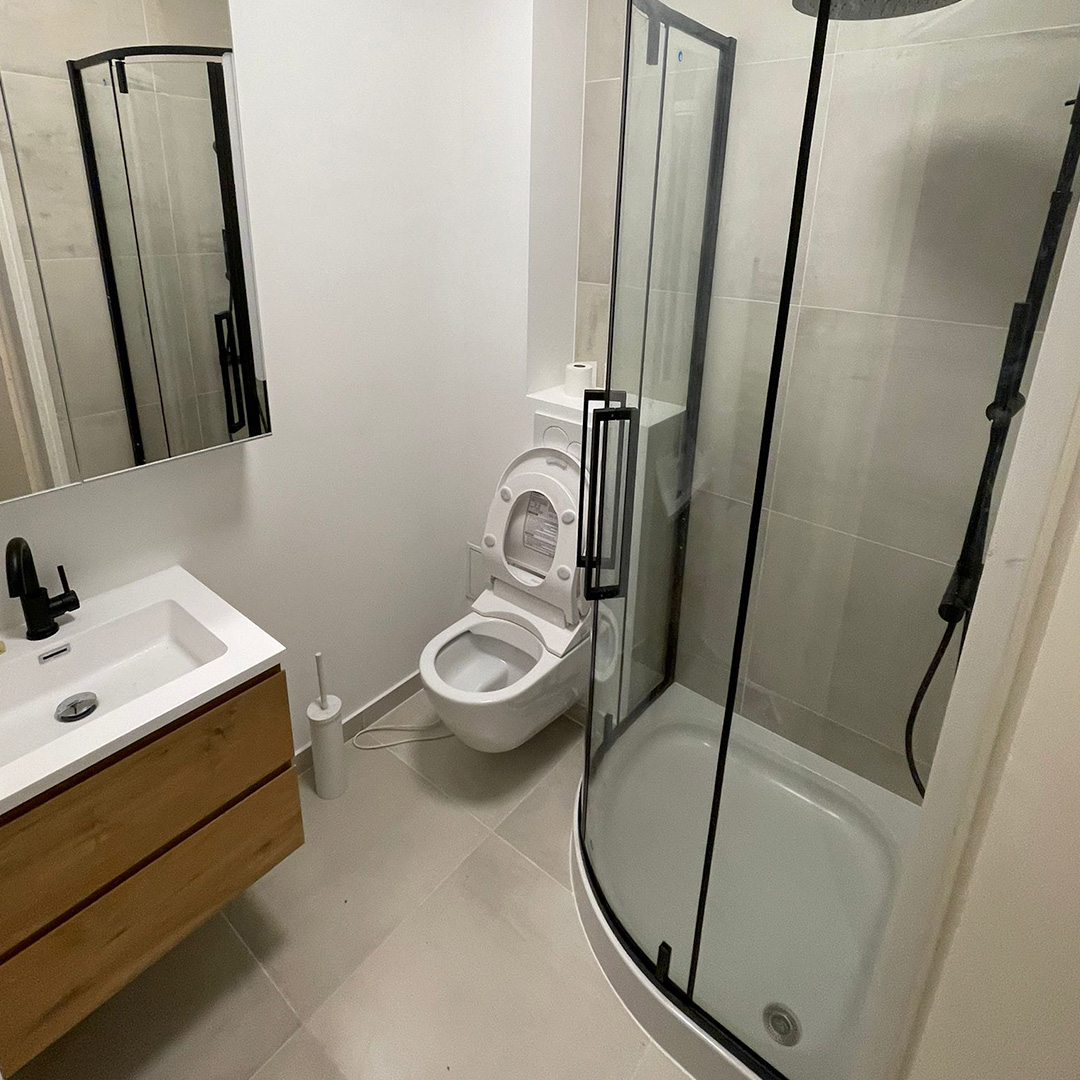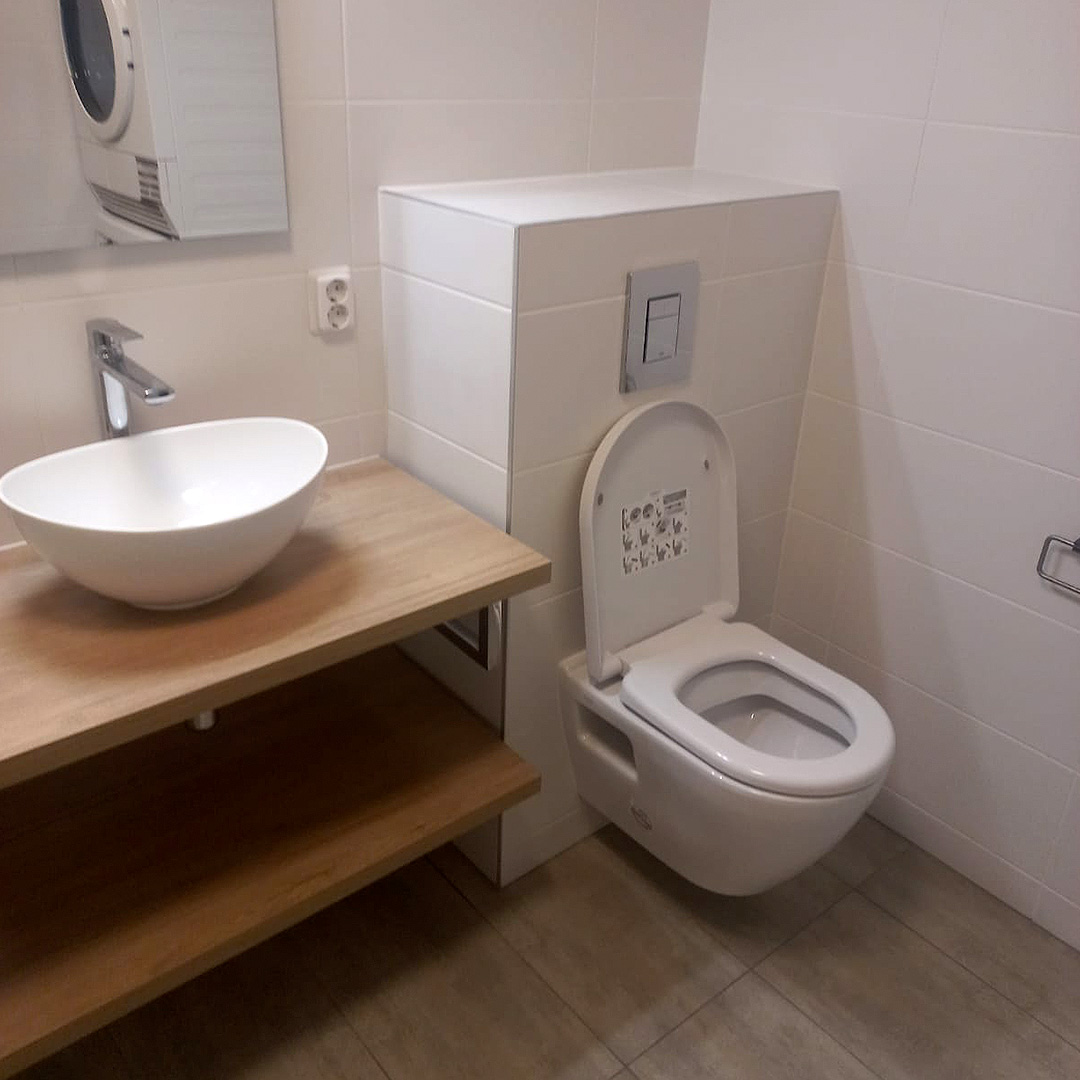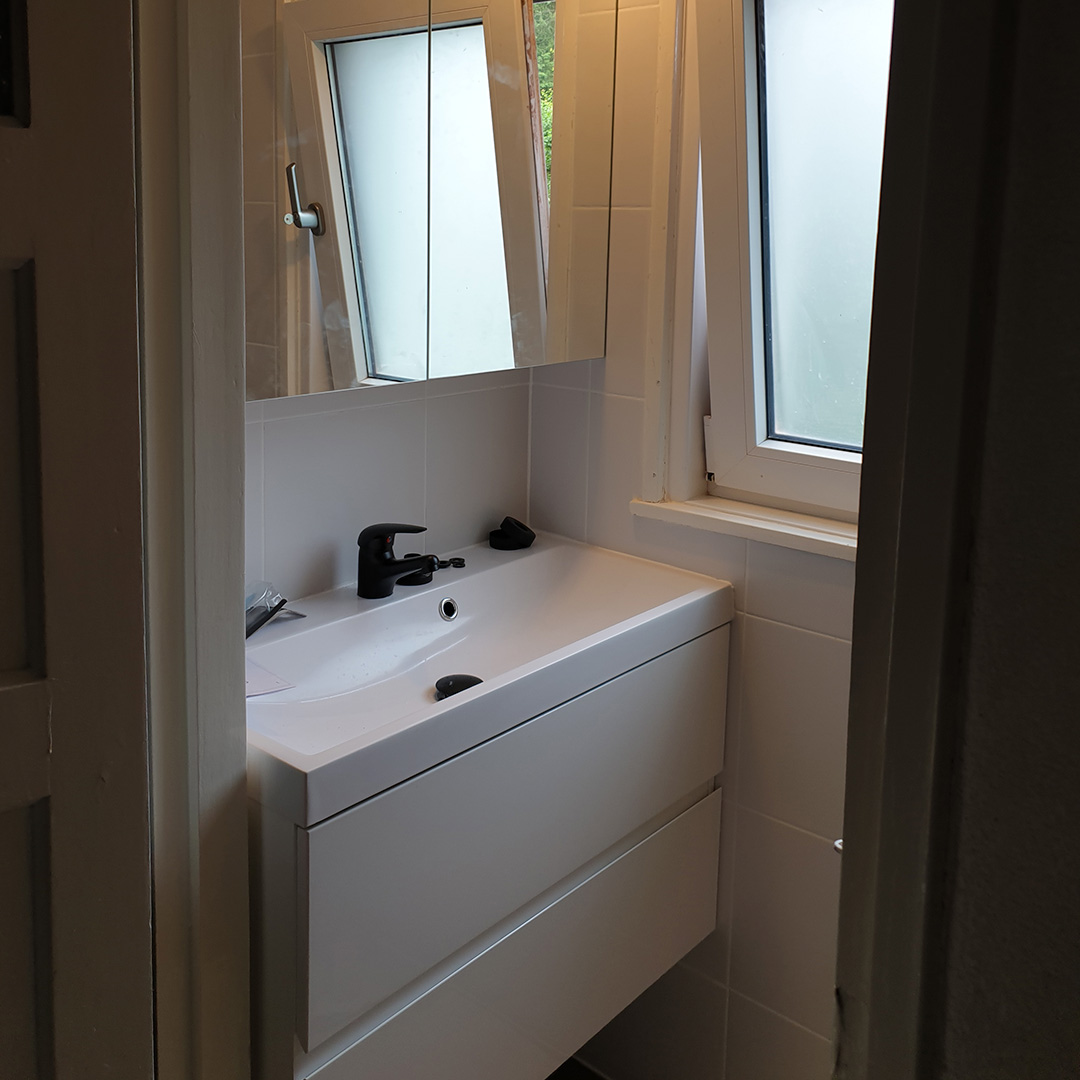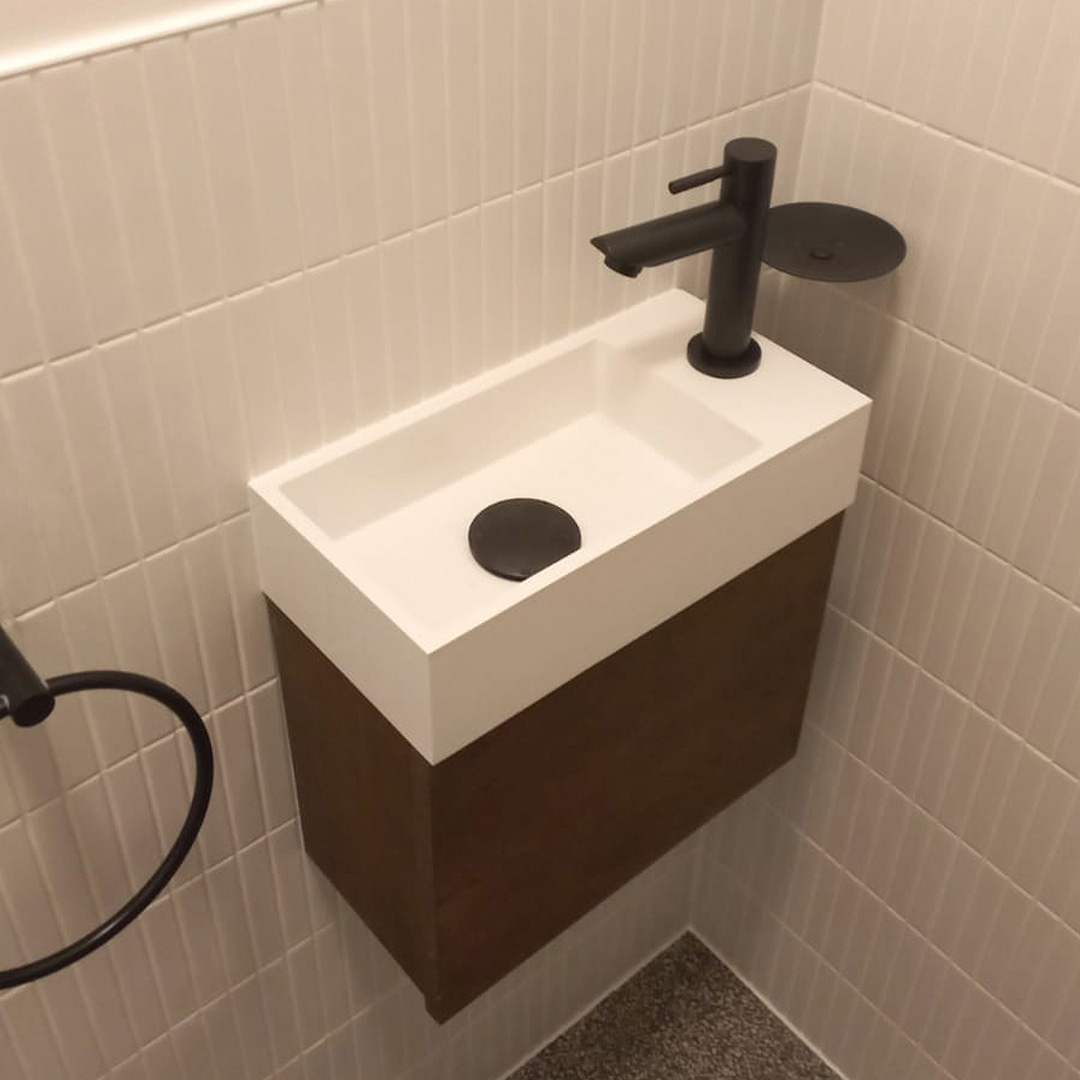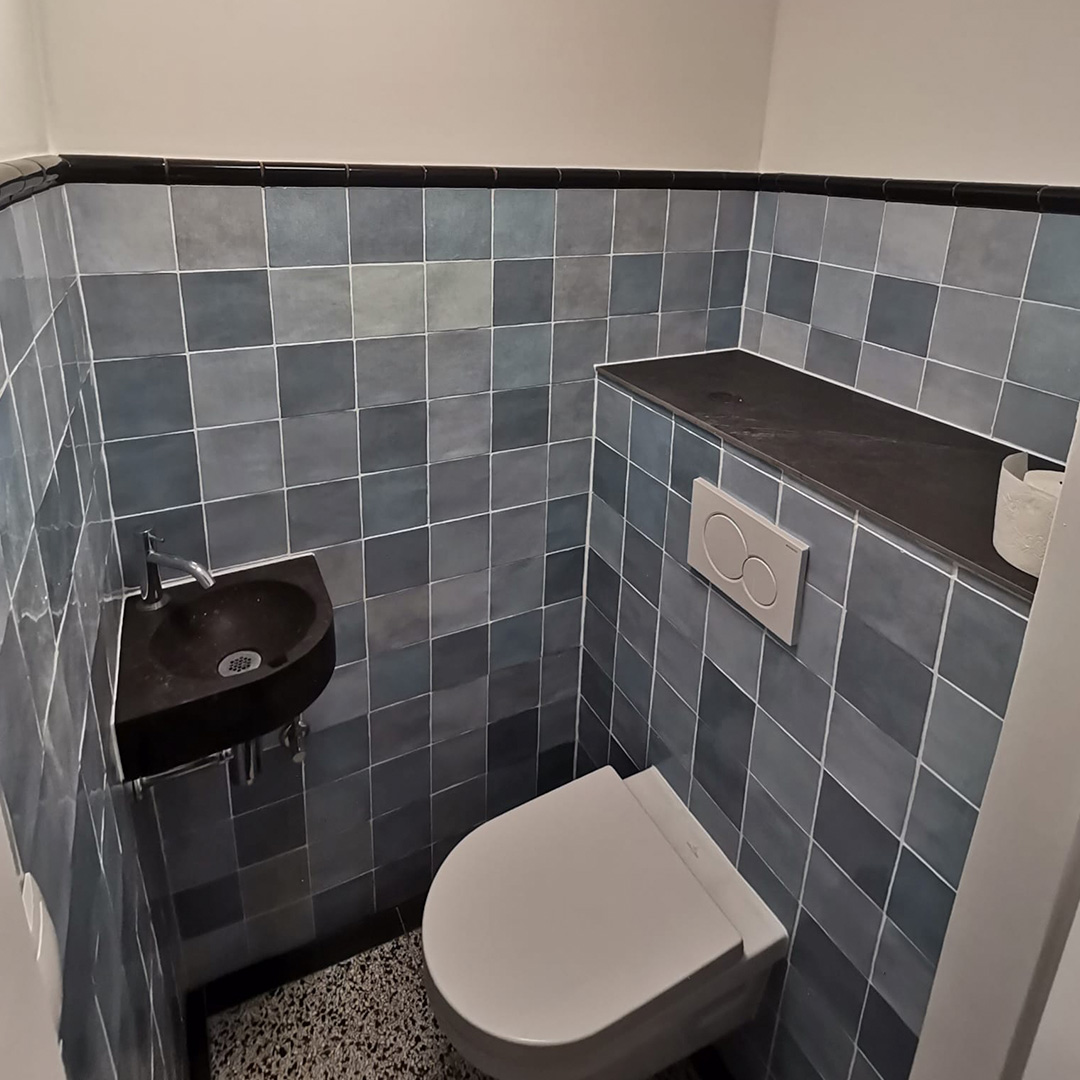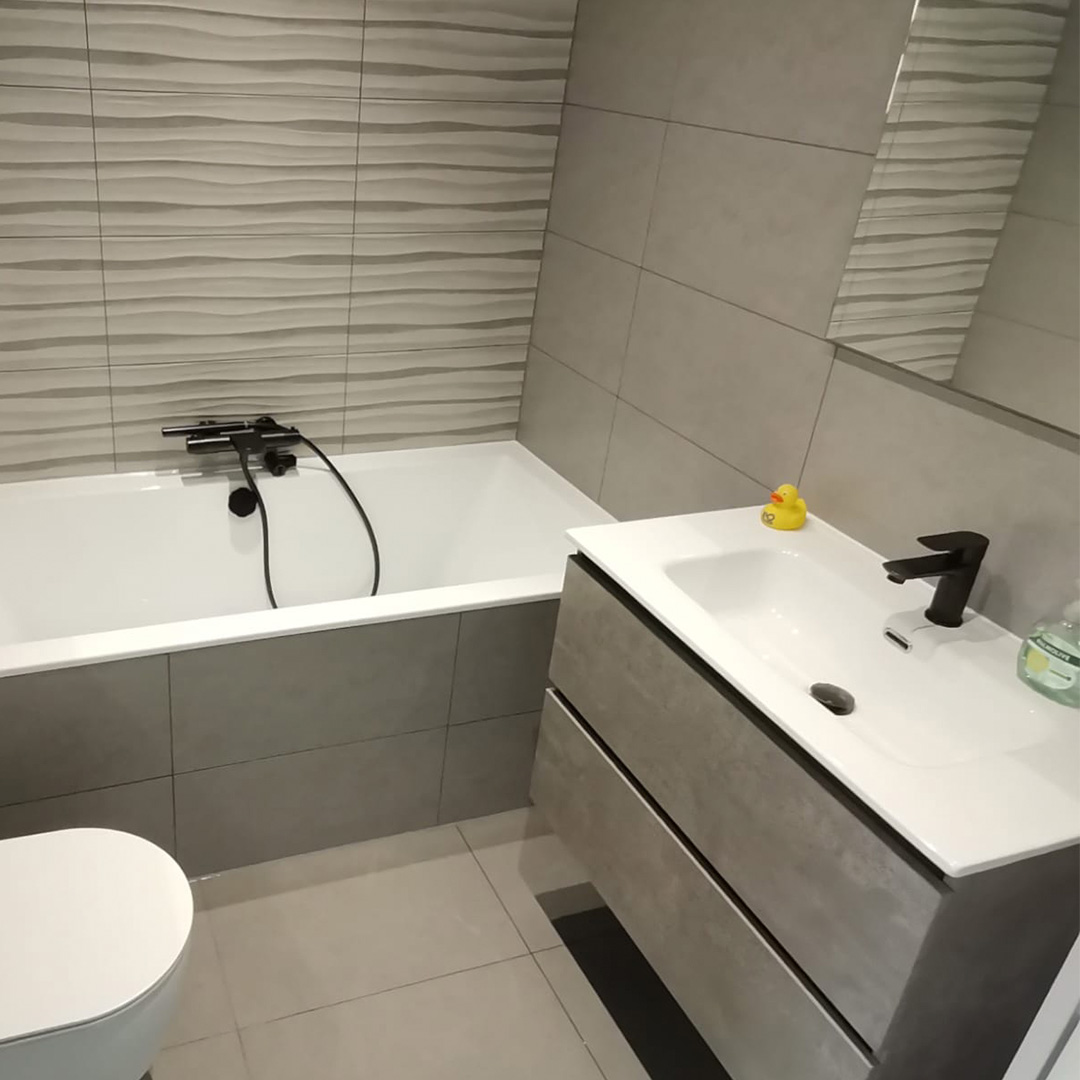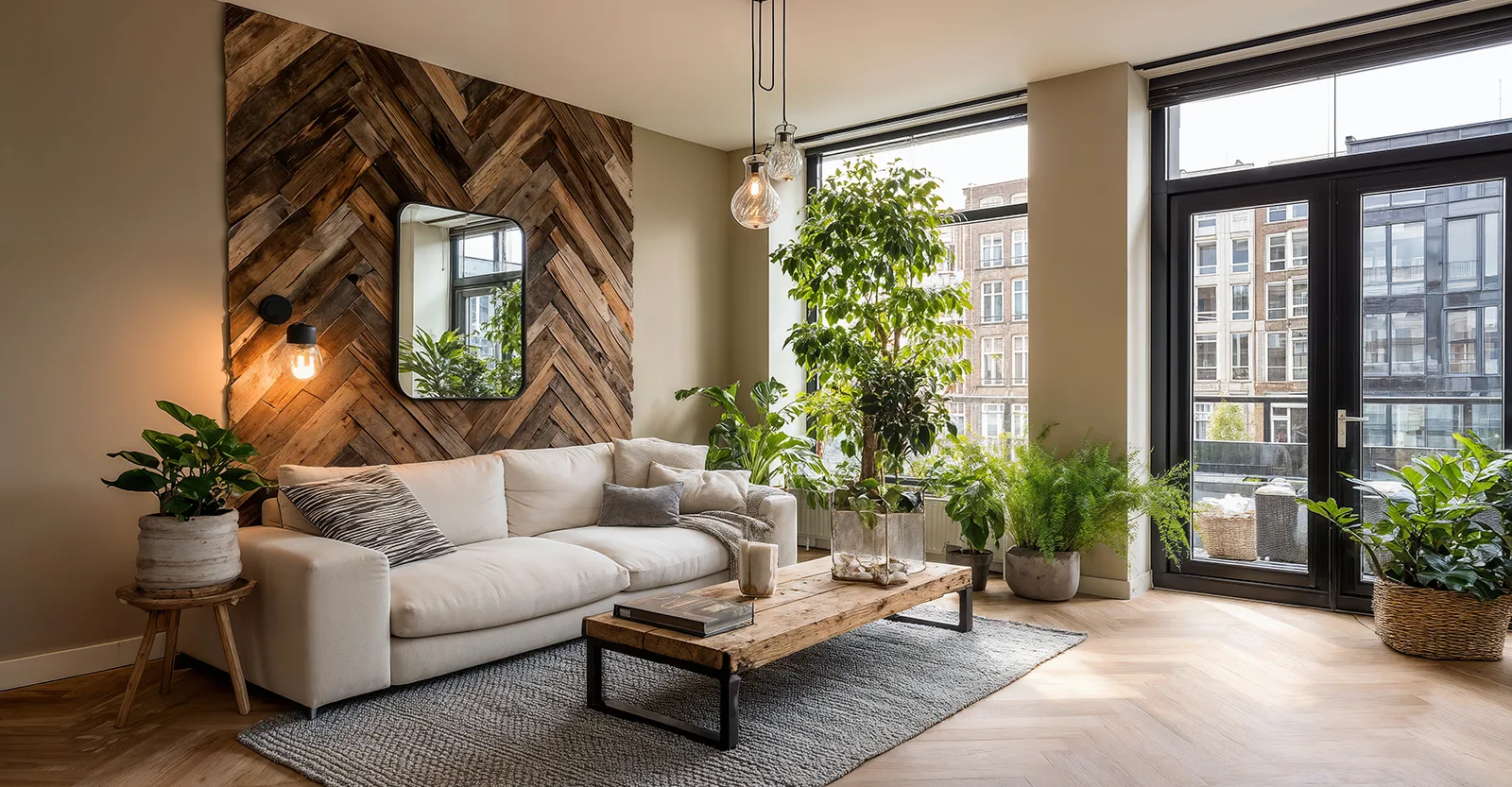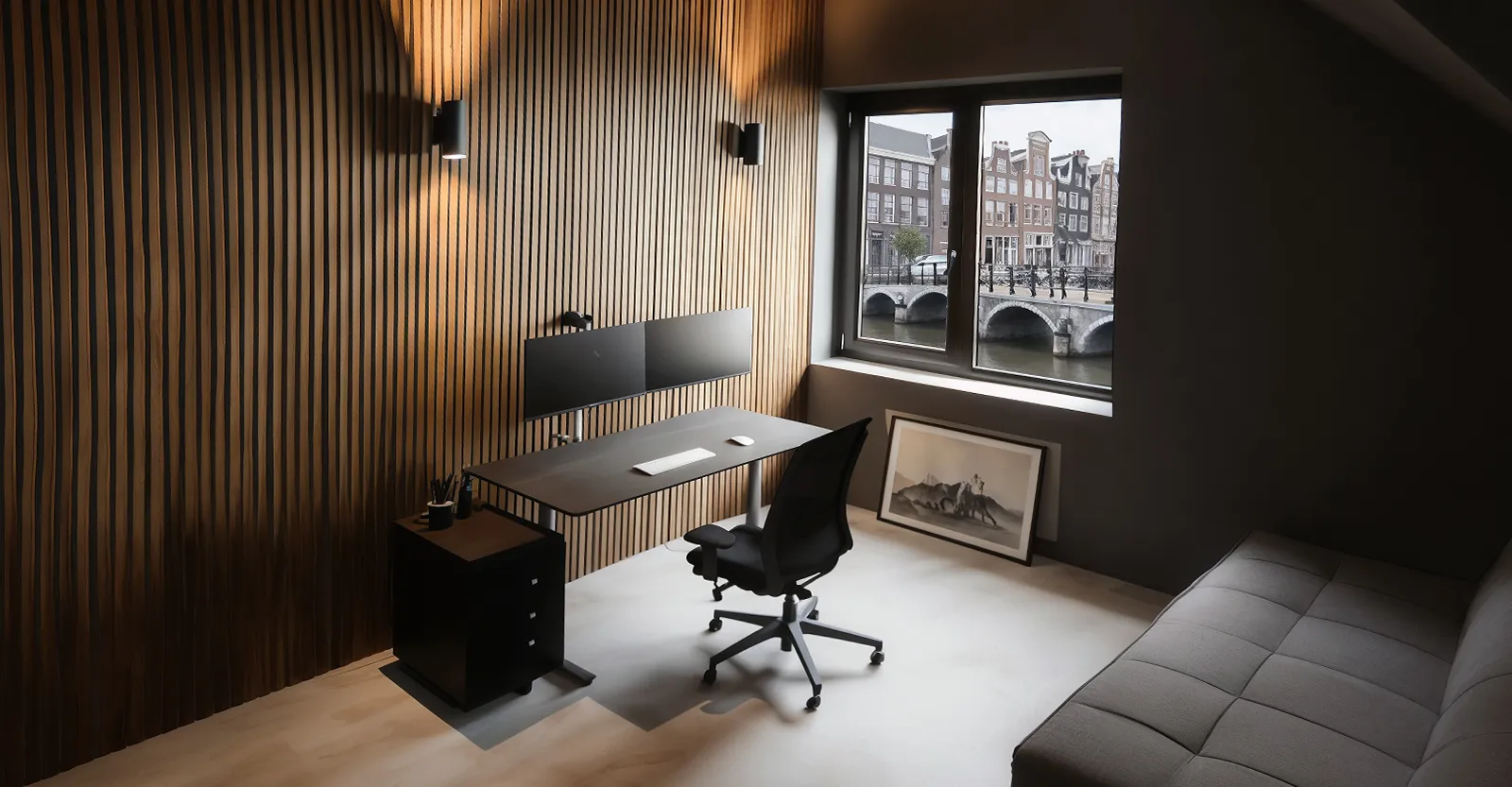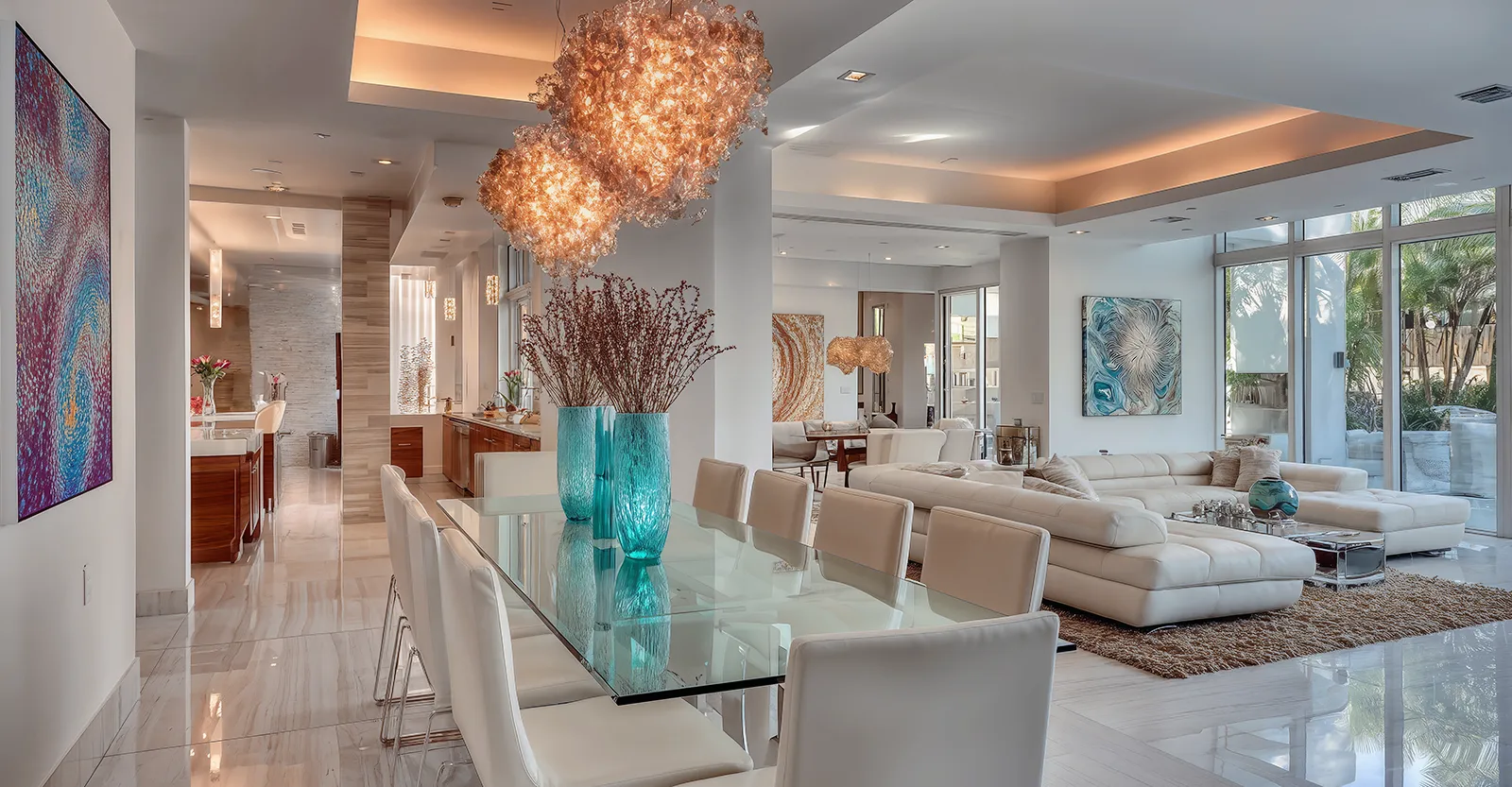How Dutch Homes Are Shrinking to Meet 2025 Housing Challenges
The Netherlands is witnessing a trend towards smaller homes, driven by a range of economic, social, and environmental factors. With the housing shortage continuing and urban spaces becoming increasingly limited, many newly built homes are getting smaller as we approach 2025. This shift towards compact living reflects changing demographics, evolving lifestyles, and innovative design solutions. This article explores how Dutch homes are adapting to these challenges and the implications of this trend for the housing market and lifestyle in the Netherlands.
Statistical Overview
Over the past decade, the average size of newly built homes in the Netherlands has decreased significantly. By 2025, data suggests that the trend of shrinking home sizes will continue, particularly in urban areas.
- Average Home Size: In 2026, the average size of newly constructed apartments and homes is expected to be around 15-20% smaller than homes built in the previous decade.
- Housing Types: Smaller apartments and micro-apartments are increasingly popular in densely populated cities like Amsterdam, Rotterdam, Utrecht, and The Hague. However, even single-family homes are seeing reductions in size to accommodate limited land availability.
- Regional Variations: Urban areas are experiencing the highest reductions in home sizes due to land scarcity, while homes in rural areas remain comparatively larger.
These statistics highlight the Dutch housing market’s adaptation to meet demand despite space constraints and rising costs.
Driving Factors
The trend towards smaller homes in the Netherlands is influenced by several key factors that have reshaped the housing landscape.
- Housing Shortage: The Netherlands is experiencing a persistent housing shortage, especially in urban areas, where demand far exceeds supply. This shortage has led developers to focus on building smaller units to maximise available space.
- Land Scarcity: In cities, land scarcity drives developers to create high-density housing solutions, leading to smaller homes designed to accommodate more residents within a limited area.
- Rising Construction Costs: Higher costs for materials, labour, and land have pushed developers to build smaller, more affordable units to keep prices accessible for buyers and renters.
- Changing Demographics: With an increasing number of single-person households, young professionals, and elderly residents, there is a growing demand for smaller, more manageable living spaces.
These factors shape a housing market where compact living has become the norm, particularly in city centres.
The Rise of Micro-Apartments
Micro-apartments, typically ranging from 20 to 40 square metres, have become increasingly popular in the Netherlands as an affordable option for those seeking a home in busy urban areas.
- Popularity in Major Cities: Micro-apartments are particularly prevalent in cities like Amsterdam, Rotterdam, Utrecht, and The Hague, where housing demand is highest.
- Target Demographics: These compact units are popular among young professionals, students, and first-time buyers who prioritise location and affordability over space.
- Living Efficiently: Despite their size, micro-apartments are designed to make the most of every square metre, often featuring multifunctional furniture and smart storage solutions.
The rise of micro-apartments demonstrates a shift in lifestyle preferences, as residents adapt to the realities of limited space in urban environments.
Innovative Design Solutions
With homes shrinking in size, innovative design solutions have emerged to help maximise comfort and functionality in smaller spaces.
- Space-Saving Furniture: Multifunctional furniture, such as fold-out tables, sofa beds, and modular shelving, helps optimise limited space by serving multiple purposes.
- Smart Home Technology: Integrated smart home systems enhance space efficiency, with features like remote-controlled lighting, heating, and security systems that adapt to residents’ needs without taking up physical space.
- Communal Spaces: Many modern apartment complexes now offer communal amenities, such as shared workspaces, gyms, and lounges, allowing residents to enjoy larger spaces outside of their own compact apartments.
These design innovations are essential for creating comfortable and functional living environments in smaller homes.
Impact on Urban Planning
The trend towards compact housing is influencing urban planning across the Netherlands, as cities adapt to accommodate higher-density living.
- High-Density Developments: Urban centres are seeing a rise in high-density residential complexes, allowing cities to house more residents within limited spaces.
- Repurposing Existing Buildings: Many older office buildings and industrial spaces are being transformed into small residential units, helping to meet housing demand without new land development.
- Zoning Adjustments: Cities are adapting zoning laws to accommodate smaller living spaces, with a focus on preserving liveability standards while increasing housing supply.
These changes in urban planning are reshaping Dutch cities, creating more compact, interconnected communities.
Economic Implications
The economic impact of smaller homes extends beyond just affordability; it’s influencing housing prices, investment trends, and the rental market.
- Housing Prices: While smaller homes are generally more affordable, high demand in urban areas keeps prices competitive. Compact housing developments help keep prices more accessible for first-time buyers and renters.
- Investment Trends: Investors are increasingly interested in compact housing projects as they offer higher returns due to the ability to house more residents in smaller spaces.
- Rental Market: Smaller units are popular in the rental market, appealing to tenants who prioritise location and affordability over space.
Economically, smaller homes help address affordability issues, though high demand still keeps the housing market competitive.
Social and Lifestyle Changes
As homes get smaller, Dutch residents are adapting their lifestyles to make the most of limited space.
- Minimalist Living: Many residents are adopting minimalist lifestyles, reducing possessions and focusing on essential items to fit comfortably in compact spaces.
- Redefined Living Standards: Smaller homes are changing perceptions of what’s necessary in a home, with residents placing more value on location, community, and sustainability over space.
- Impact on Social Interactions: Compact living spaces encourage residents to socialise in communal areas, cafes, and parks, promoting a more connected urban lifestyle.
This shift in living standards reflects the adaptability of the Dutch population, embracing a compact lifestyle that values quality over quantity.
Environmental Considerations
Compact homes come with several environmental benefits, supporting the Netherlands’ sustainability goals.
- Energy Efficiency: Smaller homes require less energy for heating, cooling, and lighting, which reduces the overall carbon footprint of each household.
- Reduced Material Use: Building smaller homes requires fewer construction materials, leading to lower environmental impact and waste production.
- Sustainable Technologies: Many compact homes incorporate eco-friendly features such as energy-efficient appliances, solar panels, and green building materials.
These environmental benefits make compact living an attractive option for those looking to minimise their ecological footprint.
Challenges and Criticisms
Despite the benefits, compact living has its challenges, with concerns over quality of life and potential overcrowding.
- Quality of Life: Limited space can make it difficult for residents to live comfortably, particularly for families who require more room.
- Overcrowding: Higher density in urban areas can lead to issues like noise, pollution, and increased demand for public services.
- Balancing Livability: Ensuring that compact housing developments provide sufficient light, ventilation, and communal spaces is essential for maintaining quality of life.
Balancing the need for more housing with liveability standards remains a key challenge for Dutch urban planners.
Future Outlook
As the Netherlands continues to embrace compact housing, questions arise about the long-term sustainability of this trend.
- Predictions Beyond 2025: With the growing popularity of compact living, smaller homes may continue to dominate the housing market, particularly in urban areas.
- Potential for Change: If housing demand stabilises or new land becomes available, there may be a shift back towards larger homes in the future.
- Long-Term Sustainability: The compact living model, when combined with sustainable design and urban planning, offers a potentially sustainable solution for meeting future housing needs.
The future of Dutch housing will likely depend on a balance between compact, affordable options and the preservation of liveability standards for residents.
Conclusion
The trend of shrinking home sizes in the Netherlands reflects a response to pressing housing and environmental challenges. With smaller homes becoming the norm, Dutch residents are embracing a compact, efficient way of living that aligns with modern urban realities. While compact living presents unique challenges, it also offers a pathway towards more sustainable, affordable, and interconnected urban communities. As we approach 2025, this compact revolution continues to shape the Dutch housing landscape with long-lasting implications for how the Dutch live, work, and interact in their homes.

